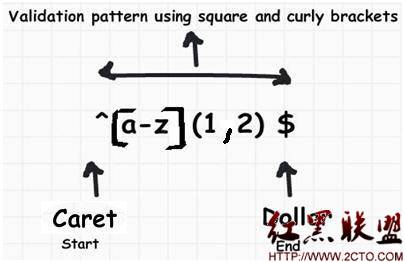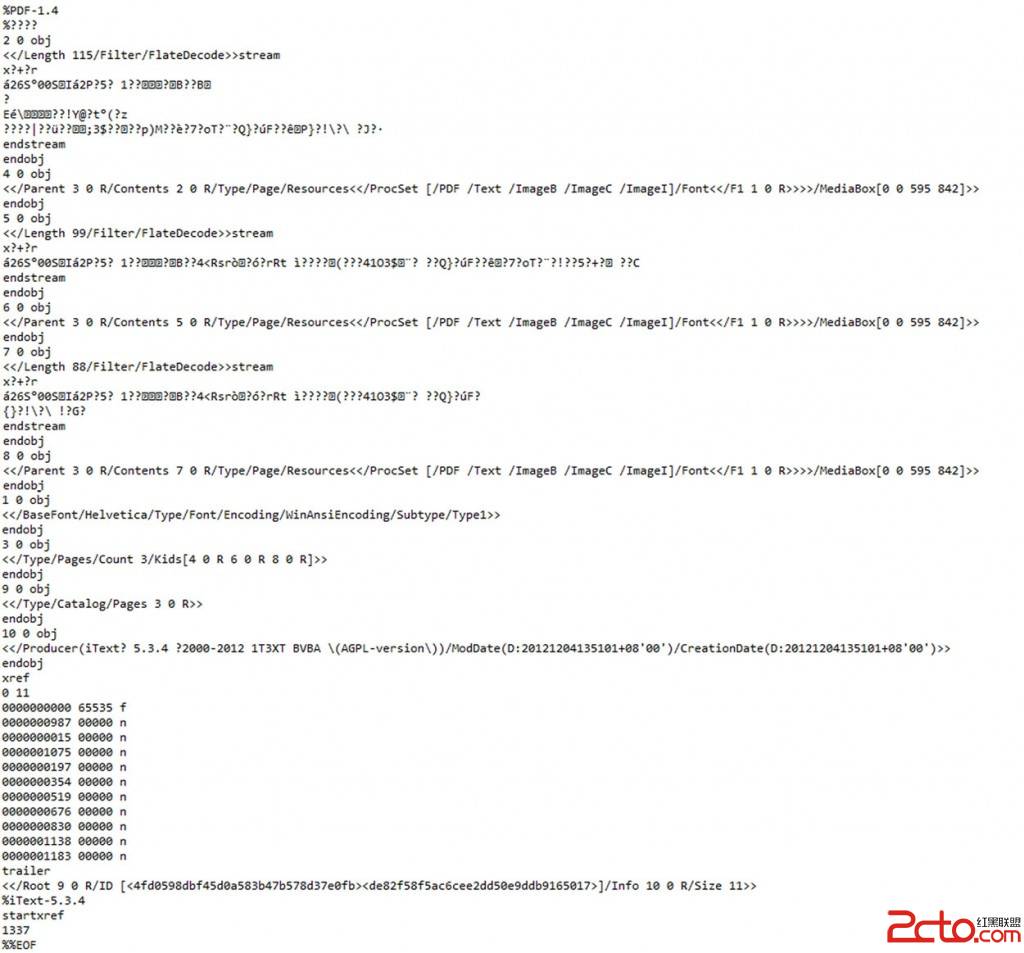《算法导论》学习总结 — 6.第七章 快速排序
其实这一篇我老早就写过了,只不过最近在总结《算法导论》,而第七章就是快速排序,我当初总结的快排也是根据算法导论来的,为了方便大家阅读,我在这里把曾经写过的重新再贴一遍。
--------------------------------------------------------------------------------
前几天写过一个html" target=_blank>堆排序的文章。里面谢了很多讲解和代码注释,个人感觉快速排序不是很难,所以不想写讲解,也不需要写注释,大家如果不明白什么是快速排序,可以去看下文章最后我推荐的几个链接。
我查过网上很多关于快排的文章和代码,但是基本都是最原始的快排,即霍尔(Hoare)快排。想必大家也没有注意这些,我准备把霍尔快排,算法导论上的快排和随机化快排的代码一起发出来,供大家对比与学习,欢迎大家和我探讨
代码一.霍尔快排:
/*
* Author: Tanky Woo
* Blog: www.WuTianQi.com
* Note: 快速排序版本1 --- Hoare-Partition
*/
#include <iostream>
using namespace std;
int num;
void swap(int &a, int &b)
{
int temp = a;
a = b;
b = temp;
}
void PrintArray(int *arr)
{
for(int i=1; i<=num; ++i)
cout << arr[i] << " ";
cout << endl;
}
int Partition1(int *arr, int beg, int end)
{
int low = beg, high = end;
int sentinel = arr[beg];
while(low < high)
{
while(low<high && arr[high]>=sentinel)
--high;
arr[low] = arr[high];
while(low<high && arr[low]<=sentinel)
++low;
arr[high] = arr[low];
}
arr[low] = sentinel;
cout << "排序过程:";
PrintArray(arr);
return low;
}
void QuickSort(int *arr, int beg, int end)
{
if(beg < end)
{
int pivot = Partition1(arr, beg, end);
QuickSort(arr, beg, pivot-1);
QuickSort(arr, pivot+1, end);
}
}
int main()
{
int arr[100];
cout << "Input the num of the elements: ";
cin >> num;
cout << "Input the elements: ";
for(int i=1; i<=num; ++i)
cin >> arr[i];
QuickSort(arr, 1, num);
cout << "最后结果:";
PrintArray(arr);
return 0;}
代码二.《算法导论》里讲的快排:/*
* Author: Tanky Woo
* Blog: www.WuTianQi.com
* Note: 快速排序版本2---《算法导论》
*/
#include <iostream>
using namespace std;
int num;
void swap(int &a, int &b)
{
int temp = a;
a = b;
b = temp;
}
void PrintArray(int *arr)
{
for(int i=1; i<=num; ++i)
cout << arr[i] << " ";
cout << endl;
}
int Partition2(int *arr, int beg, int end)
{
int sentinel = arr[end];
int i = beg-1;
for(int j=beg; j<=end-1; ++j)
{
if(arr[j] <= sentinel)
{
i++;
swap(arr[i], arr[j]);
}
}
swap(arr[i+1], arr[end]);
cout << "排序过程:";
PrintArray(arr);
return i+1;
}
void QuickSort(int *arr, int beg, int end)
{
if(beg < end)
{
int pivot = Partition2(arr, beg, end);
QuickSort(arr, beg, pivot-1);
QuickSort(arr, pivot+1, end);
}
}
int main()
{
int arr[100];
cout << "Input the num of the elements: ";
cin >> num;
cout << "Input the elements: ";
for(int i=1; i<=num; ++i)
cin >> arr[i];
QuickSort(arr, 1, num);
cout << "最后结果:";
PrintArray(arr);
return 0;}
代码三.随机快排:
/*
* Author: Tanky Woo
* Blog: www.WuTianQi.com
* Note: 快速排序版本3 --- 随机化版本
* 解决待排序元素相差很大的情况
*/
#include <iostream>
#include <cstdlib>
using namespace std;
int num;
void swap(int &a, int &b)
{
int temp = a;
a = b;
b = temp;
}
void PrintArray(int *arr)
{
for(int i=1; i<=num; ++i)
cout << arr[i] << " ";
cout << endl;
}
int Partition3(int *arr, int beg, int end)
{
int sentinel = arr[end];
int i = beg-1;
for(int j=beg; j<=end-1; ++j)
{
if(arr[j] <= sentinel)
{
i++;
swap(arr[i], arr[j]);
}
}
swap(arr[i+1], arr[end]);
cout << "排序过程:";
PrintArray(arr);
return i+1;
}
int RandomPartition(int *arr, int beg, int end)
{
int i = beg + rand() % (end-beg+1);
swap(arr[i], arr[end]);
return Partition3(arr, beg, end);
}
void RandomQuickSort(int *arr, int beg, int end)
{
if(beg < end)
{
int pivot = RandomPartition(arr, beg, end);
RandomQuickSort(arr, beg, pivot-1);
RandomQuickSort(arr, pivot+1, end);
}
}
int main()
{
int arr[100];
&n
补充:综合编程 , 其他综合 ,




